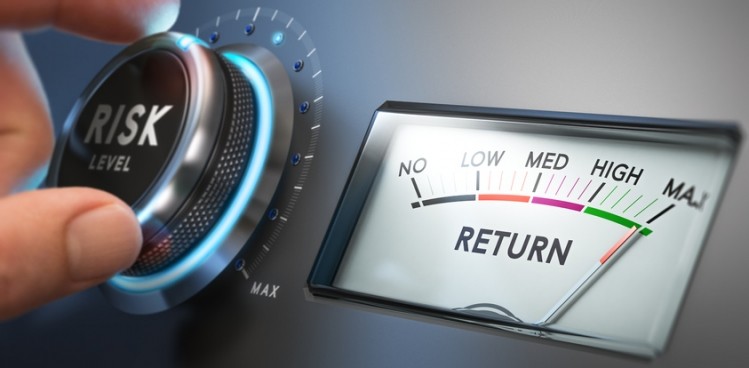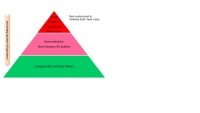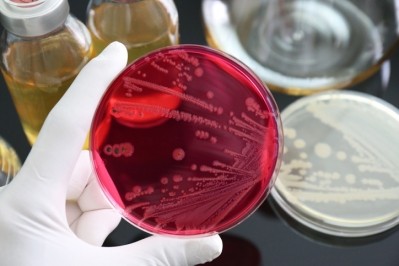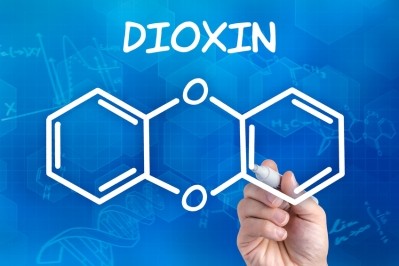What is the best control point to abate feed crises?

The Rapid Alert System for Food and Feed (RASFF) review for last year shows the notifications regarding animal feed contaminations take about 7% of the total volume of alerts and that their number is comparable to what was reported in 2015.
President of the EU Federation of Feed Manufacturers, Nick Major, said the RASFF report confirms most contamination incidents occur in the upstream part of the feed chain, and he said that is why the organization advocates for a ‘top-of-the-pyramid approach’ to proactively tackle the contaminations at the stage where they occur and thus prevent their dissemination.
Shared responsibility
By FEFAC’s calculations, of the notifications related to feed for farm animals, excluding pet food and border rejections, 47% were submitted through company auto-control systems:
“This large proportion shows not only the efficacy of auto-controls in the feed chain but also the commitment of the feed sector to cooperate proactively with the competent control authorities in case of incidents,” Major told us.
Arnaud Bouxin, deputy secretary general, FEFAC, said the fact that there are more notifications to the RASFF from one year to the next could also indicate controls have improved: “The critical aspect for us is the proportion of own-checks by feed operators, and the shared responsibility for limiting the risk of contaminants along the feed chain.”
He said the report also illustrates that efforts over the years aimed at establishing a flow of information along the feed value chain and creating awareness upstream, along with capacity building initiatives and feed safety management schemes such as GMP+, are performing.
Dioxin control
He said the low number of incidences in relation to dioxin alerts show the top-of-the-pyramid approach for that contaminant is working.
“There is an improvement in the control of the risk of contamination from dioxins upstream in the chain. Previously, we may have had nanograms of dioxin contamination, now we, perhaps, have picograms levels,” he told us.
There were 106 notifications in relation to Salmonella in feed materials that were identified in the RASFF report. However, Bouxin said it is not easy to make assumptions about risk exposure from that pathogen, out of those alerts.
“A number of Salmonella notifications are mandatory – under EU law, there is zero tolerance for the detection of Salmonella in products of animal origin – those notifications are systematic. However, for products of vegetable origin, the type of notifications depend on the national policy for Salmonella - Sweden is not the same [in this regard] as the Netherlands, or Spain or France. Some countries have policies that are based on the severity of serotypes, others not. For this reason, it is complicated to draw any conclusions that are valid EU-wide.”









